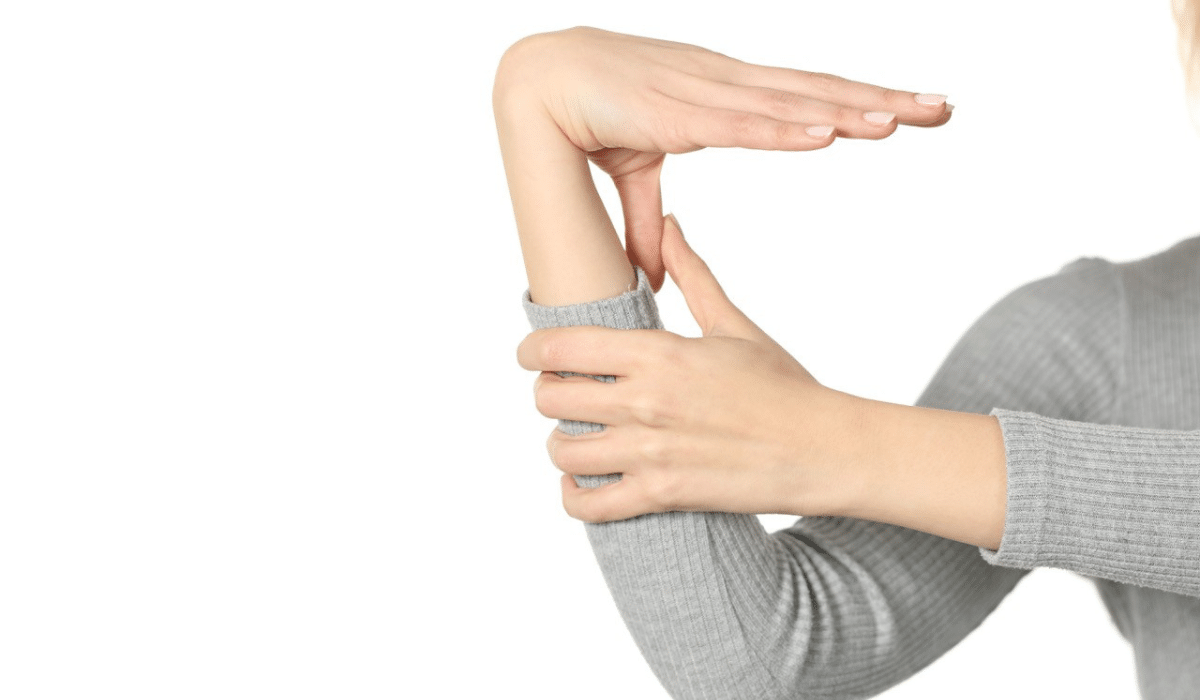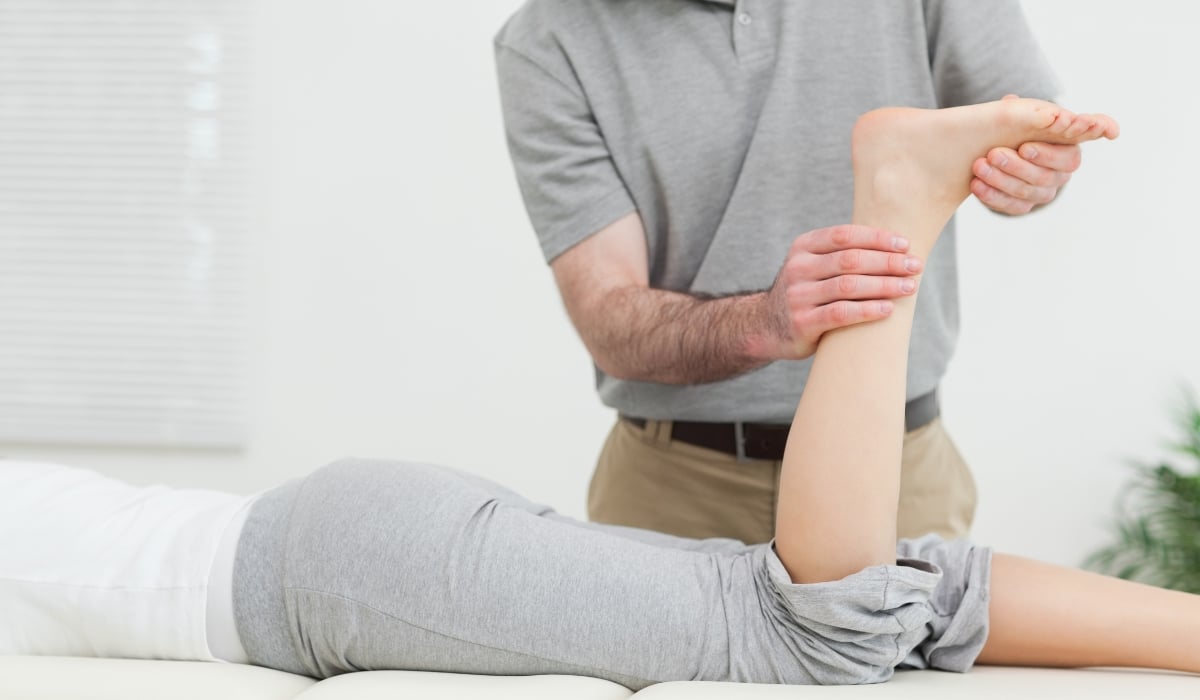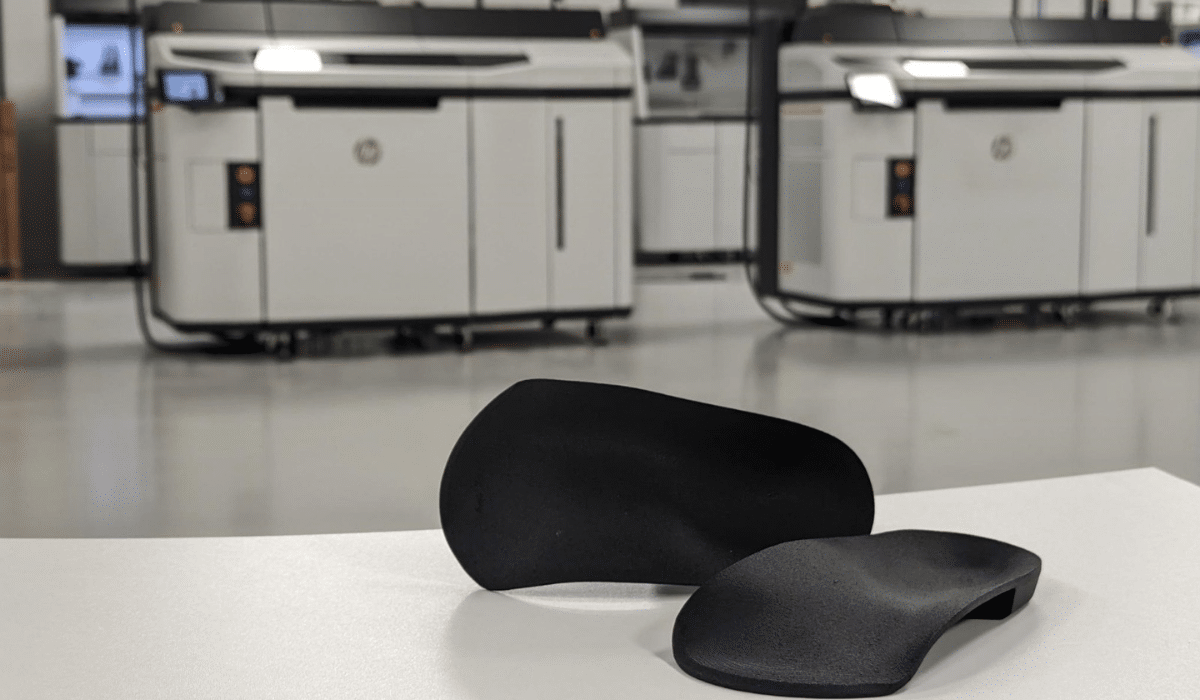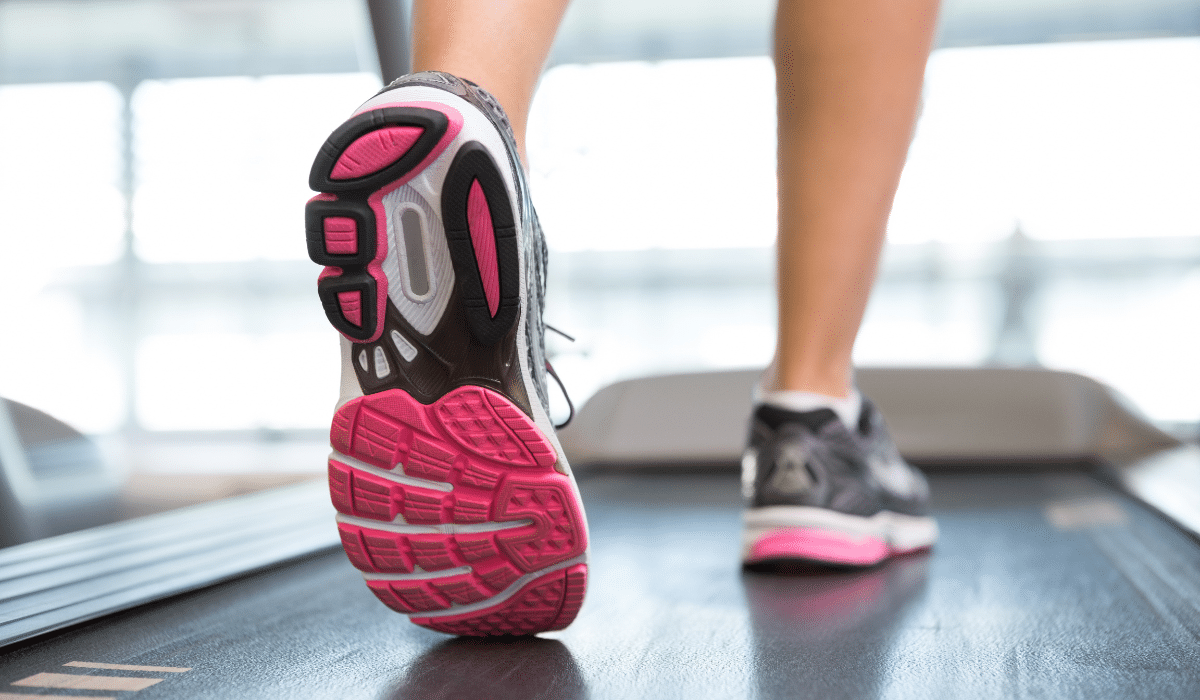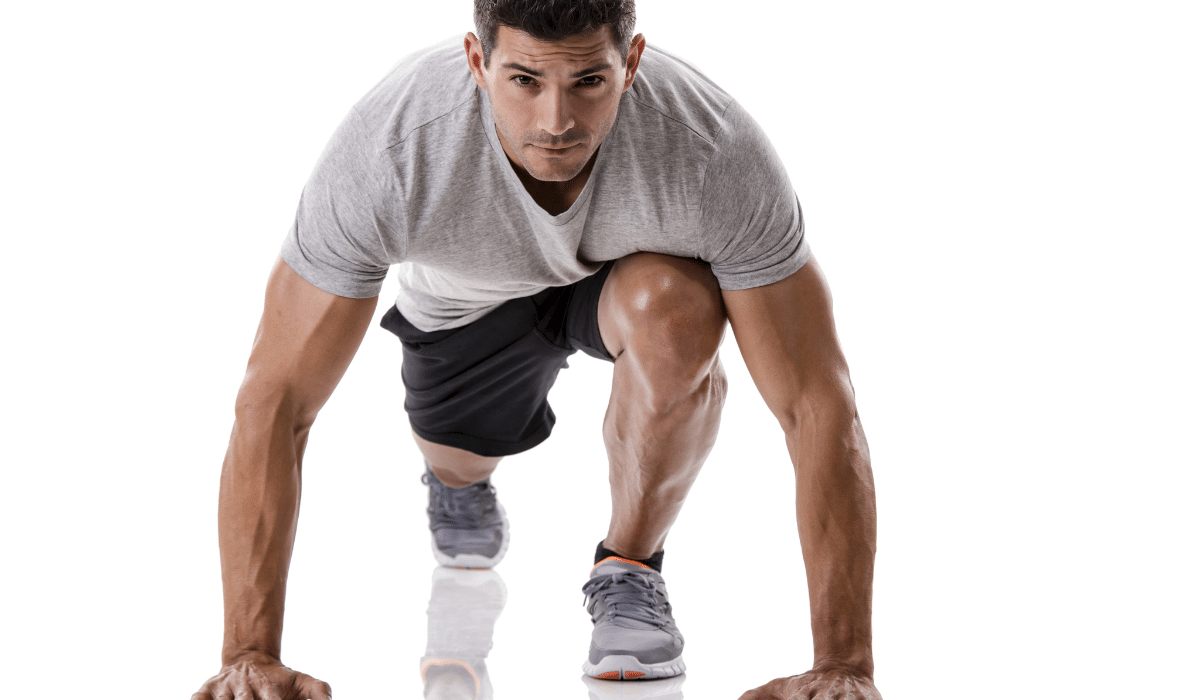-
Phone: 01392 259 101
-
Request a Consultation Click here
Hypermobility
Hypermobility and its related conditions are misunderstood by many. It is a great attribute to have a good range of movement and be free and able to move fluidly. Sometimes Flat Feet can be a result of Hypermobility, as the joints within the feet of a person who is Hypermobile can move to their end ranges very easily. This can affect the stability of the foot and ankle and lead to repetitive soft tissue pain and injury.
The extra flexibility that comes so often with Hypermobility is associated with the elasticity of Collagen – the main structural protein in various connective tissues within the body. Hypermobile people can easily injure soft tissues around joints because their joints can twist or overextend easily. Whilst many Hypermobile people recover from an injury (though this may be slower than normal), others may only partially recover or continue to repeatedly injure various parts of their body. People with Hypermobility are more prone to lower limb injuries such as ankle sprains and tendinopathy.
We as Podiatrists are well placed to help give advice around Hypermobility, especially in those with chronic or repetitive Foot & Ankle Injuries.
The joints of the Foot & Ankle need to be stable to support our body weight and the external forces applied to our bodies during movement. In those with Hypermobility – that much needed stability can be lacking, leading to increased risk of injury. Appropriate Footwear, Resistance Exercise and sometimes Foot Orthoses can often be necessary in the management of Hypermobility at the Foot & Ankle.
Hypermobility Treatments & Services
What our patients say
Thank you Jack!
On this page
Share this page
Request a Consultation
It all starts with a Consultation.
If you have Foot, Ankle or Leg pain contact us today via telephone, email or our Contact Form to book an appointment.
Our Team will respond to you ASAP and arrange an appropriate booking date for you.

